Janine Lum of Kay and Burton real estate brings together Melbourne’s cultured and the perfectly cultivated with an iridescent evening at Paspaley on Collins Street Melbourne.


The exclusive event was an intimate gathering with the purpose to introduce those included to both the newly released Paspaley Pearl collection and Paspaley’ s Managing Director – Chris Paspaley, grandson to founder Nicholas Paspaley.
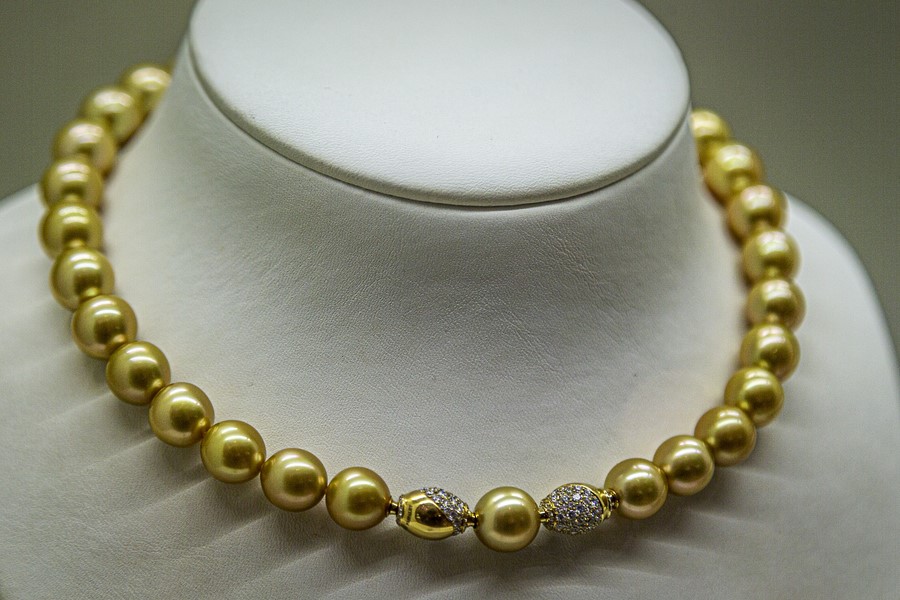
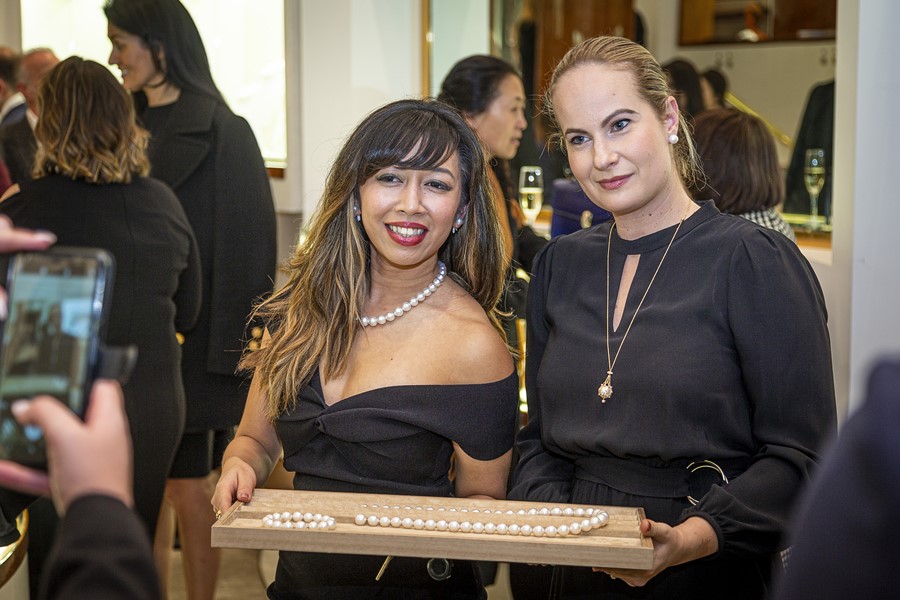
Guests were treated to the continuous flow of Pommery Champagne, a barrage of opulent canapés and endless Cocoa Luxe chocolates, a magical selection for the occasion with their spherical shape emulating the Paspaley Pearl perfectly.
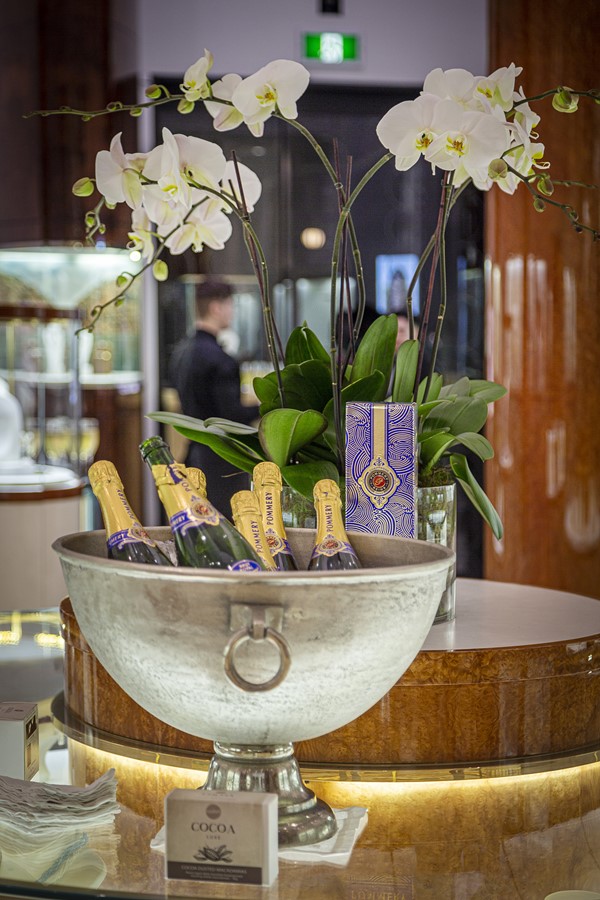
Once the members of the Paspaley team at the Collins Street Melbourne boutique had introduced each guest to the new collection, we were all given the chance to play dress up. The small group was treated to a walk down Paspaley’ s historical garden path and its processes by learning how this business has become the world’s leading pearl provider by Chris Paspaley himself.
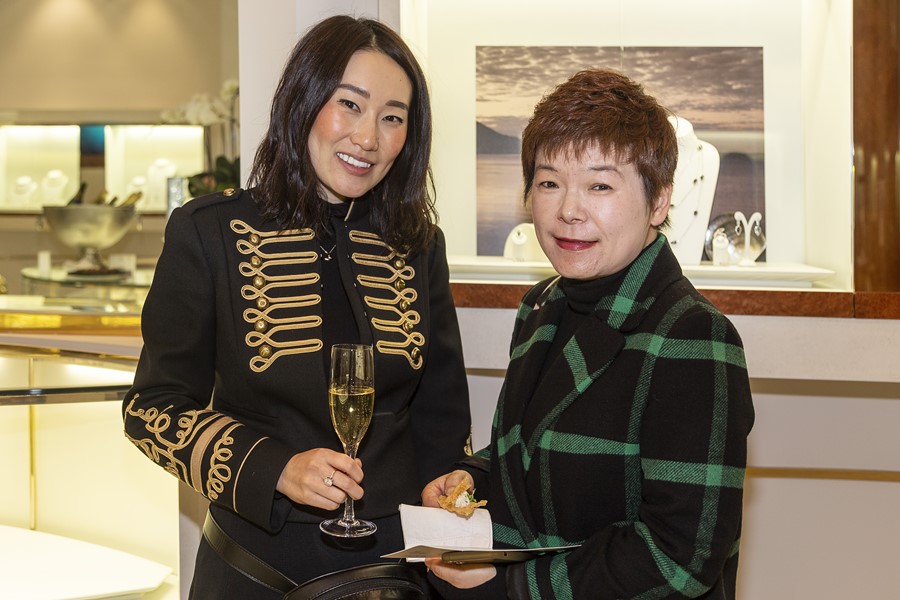
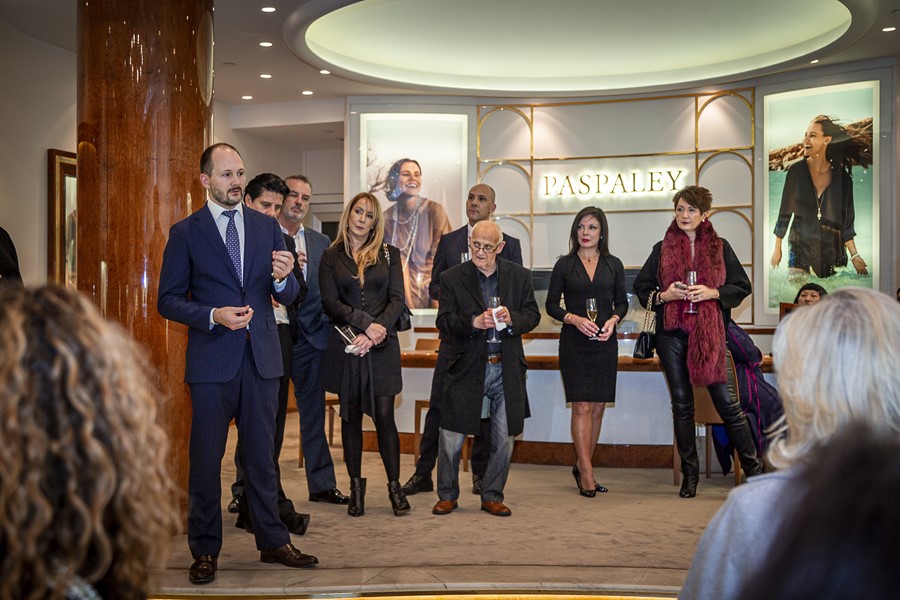
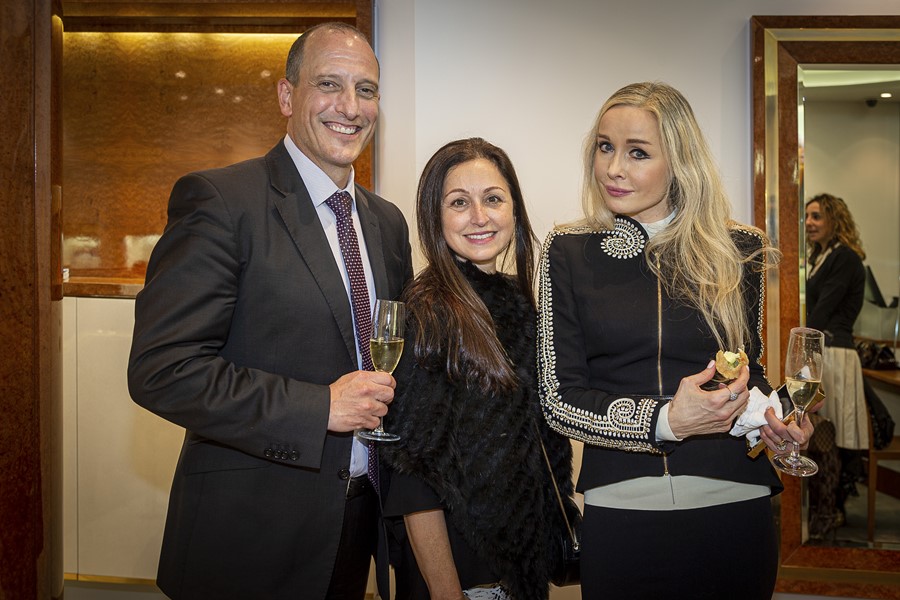
As a refugee, Chris’s grandfather, the late Nicholas Paspaley Snr, crossed the world’s oceans from a tiny island in Greece to realise his destiny on the remote northern coast of Australia, where rich pearl beds teemed with life and hidden treasures.

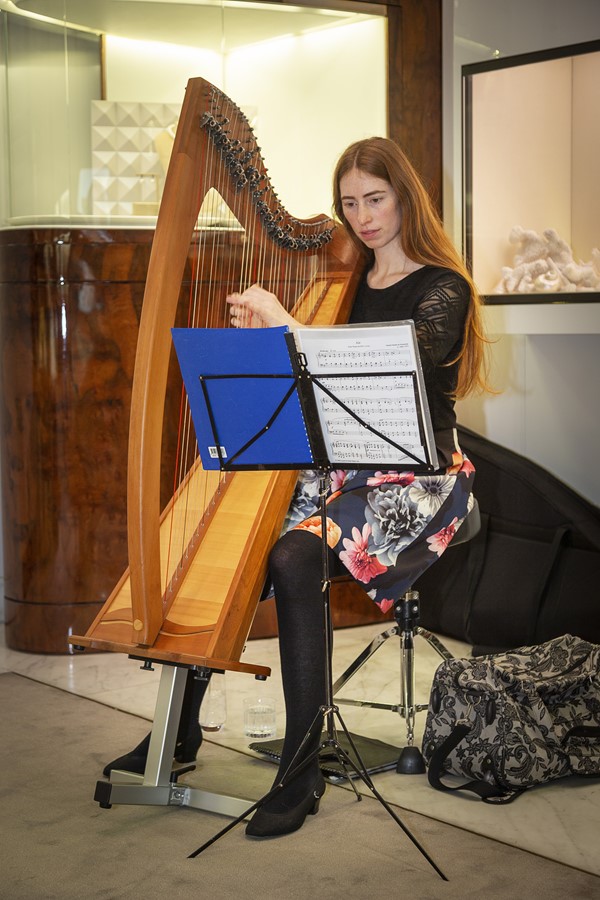

In the 1930s, 19-year-old Nicholas bought his very first pearling lugger. Paspaley embarked on a journey that would revolutionise pearling forever. Since then Paspaley divers have scoured the seabeds off Australia’s northwest in search of the rare Pinctada maxima oyster for over 80 years.
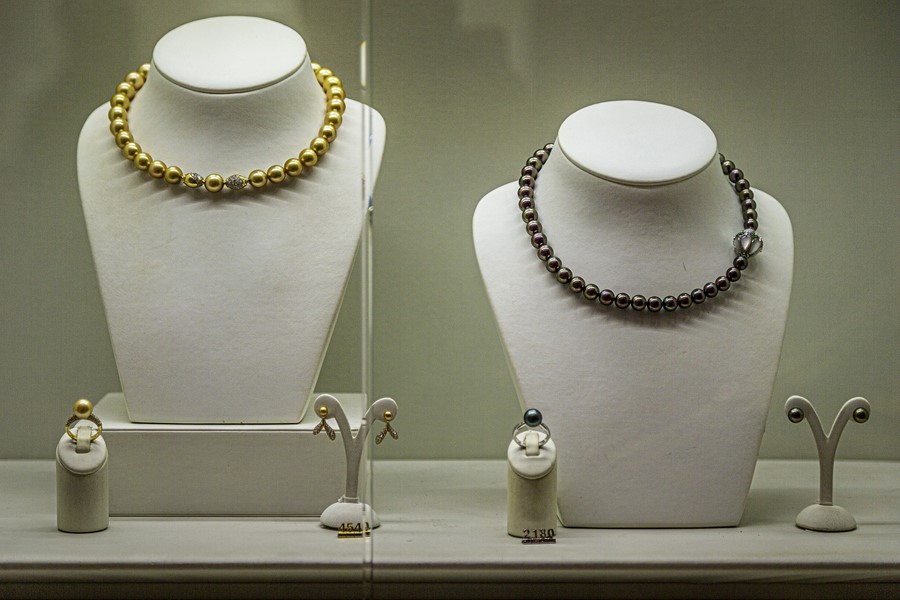

Our Chairman, Nick Paspaley AC, has fond memories from his childhood. Returning from days at sea to the famed pearling port of Darwin, his father (Nicholas Paspaley, MBE) and fellow pearlers would spend many an evening inspecting the prize of their latest adventure.
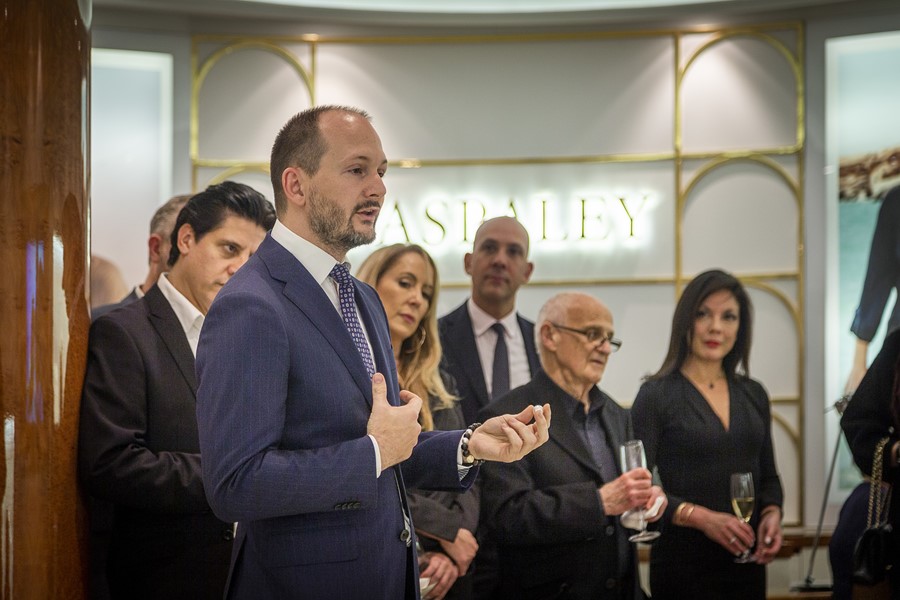
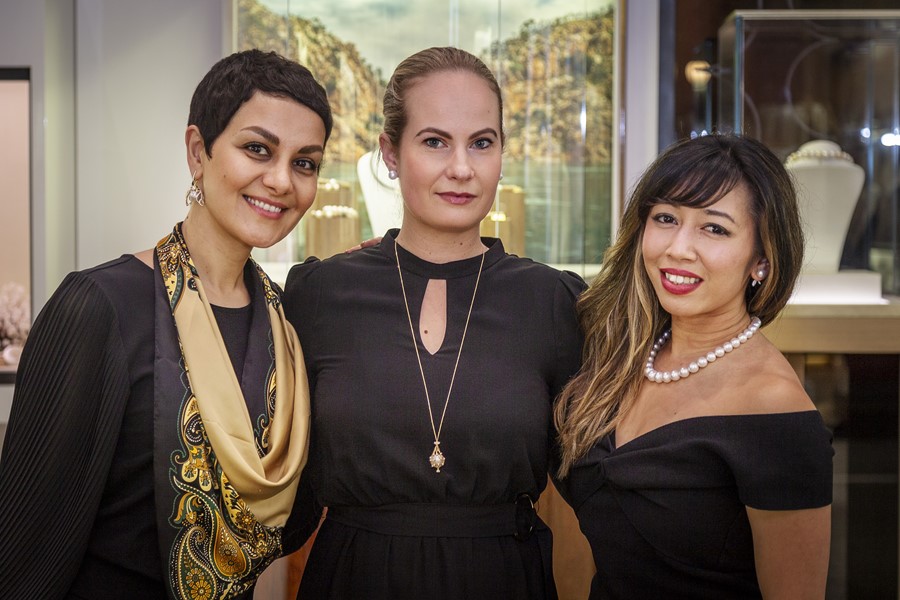
In the 1950’s, Nick watched as his father’s domain of the natural pearl was destroyed by man’s love of the treasure. Overfishing and the invention of the plastic button eventually destroyed the industry, pushing the world’s natural pearl beds to virtual extinction.
It was within this landscape that innovation and dramatic change emerged – cultivating pearls would become the primary focus of a new Australian pearling industry, inspired by the success of this approach in Japan.
This quest for a partnership between man and nature was riddled with challenges. The intricacies of the solitary Pinctada maxima pearl oyster, found only in the Kimberley – one of Mother Nature’s most remote and challenging environments – demanded years of devotion and patience to unravel.
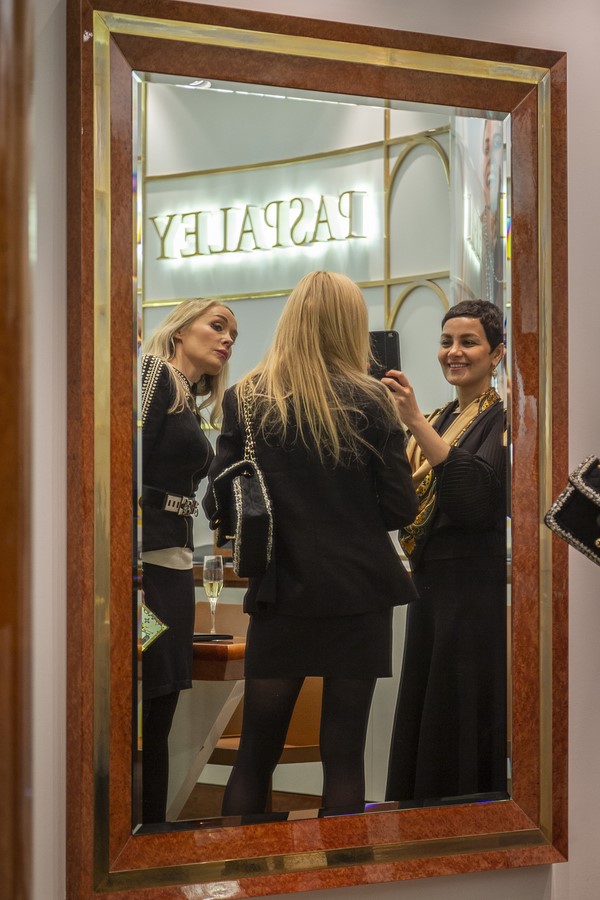
Today, Paspaley is the world’s most important producer of cultured pearls. Although the gems remain in the South Sea pearl category, Paspaley’ s pearls have become a category of their own, due to the superior and widely recognised quality. As a result, these gems are most commonly recognised simply as Paspaley Pearls.
The new Paspaley collection is versatile and playful. The designs are intended to be both treasured and worn, and the collection features adaptable elements allowing the wearer to build on their Paspaley pieces.
Over the course of fifty years, Paspaley have unlocked the secret of creating superior pearls, there are five stages within the pearl cultivation process.
1. DIVING
Their pearling process begins with the careful harvesting of the Pinctada maxima oyster. Paspaley divers handpick each wild oyster. The selected wild oysters are then returned to a ‘nursery’ on an open patch of ocean floor, awaiting the all-important seeding procedure.
2. SEEDING
With artful precision, technicians delicately seed each oyster, planting a polished sphere of Mississippi clamshell to stimulate the creation of nature’s gem. The state of the art pearling vessel, MV Paspaley 4, is home to this complex process. Once seeded, the oyster is returned to the deep and left to thrive over a 2-3-year period.
3. HUSBANDRY
Pearlers nurture each oyster for a 2-3-year period. During this time, the oysters absorb the nutrients of the pristine waters, shaping each pearl to be as unique and beautiful as possible.
4. HARVEST
The moment of reveal, harvest season is abuzz with excitement. The oysters are raised from the ocean and returned to the Paspaley fleet, where technicians delicately open the shell to reveal its creation. Oysters that produce a high quality Paspaley pearl are seeded again for another harvest.
5. GRADING
Pearl graders assess each pearl individually, meticulously scrutinising each one with respect to The Five Virtues: Lustre, complexion, shape, colour and size. A combination of these virtues determines the value of each Paspaley pearl. Only the most beautiful pearls are handpicked for our designs.
Melbourne My Style would like to thank Janine Lum, Kay & Burton and Paspaley for sharing with us and our readers the poetic Paspaley story along with the particular processes used to cultivate the perfect Paspaley pearl.
Please go and see the current Paspaley collection for yourself or visit:
Instagram: paspaleypearls




